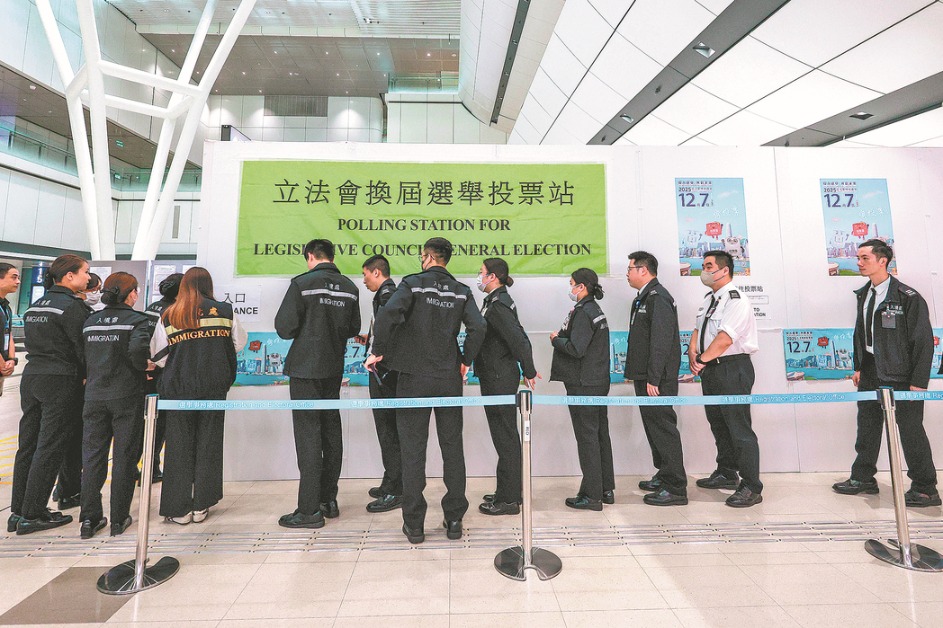Museum visitors eager to experience Egyptology exhibition
By Zhang Kun | CHINA DAILY | Updated: 2024-07-26 08:00

Later, in the 1930s, a Chinese scholar named Xia Nai (1910-85) studied Egyptology in the United Kingdom.
"Chinese scholars have paid attention to Egypt as a similar civilization as ours. We may have started late, but I believe our perspectives are irreplaceable," Yan says. "In the future, people from Asia may contribute some breakthroughs in the studies of ancient Egyptian writing."
Yan recommends visitors step into The Age of Tutankhamun, a cross-section of ancient Egypt dating to 1500 BC. During the reign of Tutankhamun, the traditional Egyptian religion and art were restored, which had been set aside by his predecessor Akhenaten. In 1922, the discovery of King Tutankhamun's tomb shocked the world and inspired great public fascination for Egyptian civilization in the West.
Visitors to the museum can view the latest discoveries from Saqqara. Since 2018, archaeologists have made remarkable discoveries in Saqqara, including Egypt's largest animal mummy cemetery, the most intact mummification workshop, the only remaining temple dedicated to Bastet and thousands of intact painted wooden coffins.
The exhibition marks the first systematic showcase of the discoveries from Saqqara and the first time that these artifacts have been shown outside of Egypt, says Khaled. "It reflects Egypt's good relationship with China and that Egypt is keen to treat the Chinese people differently than anyone else by showing artifacts that have never been displayed before."
This event is like "an appetizer that attracts people to visit Egypt", he says. "Egypt has 41 museums and more than 2,000 archaeological sites. We welcome all Chinese people to come and visit our monuments."
Contact the writer at zhangkun@chinadaily.com.cn
























